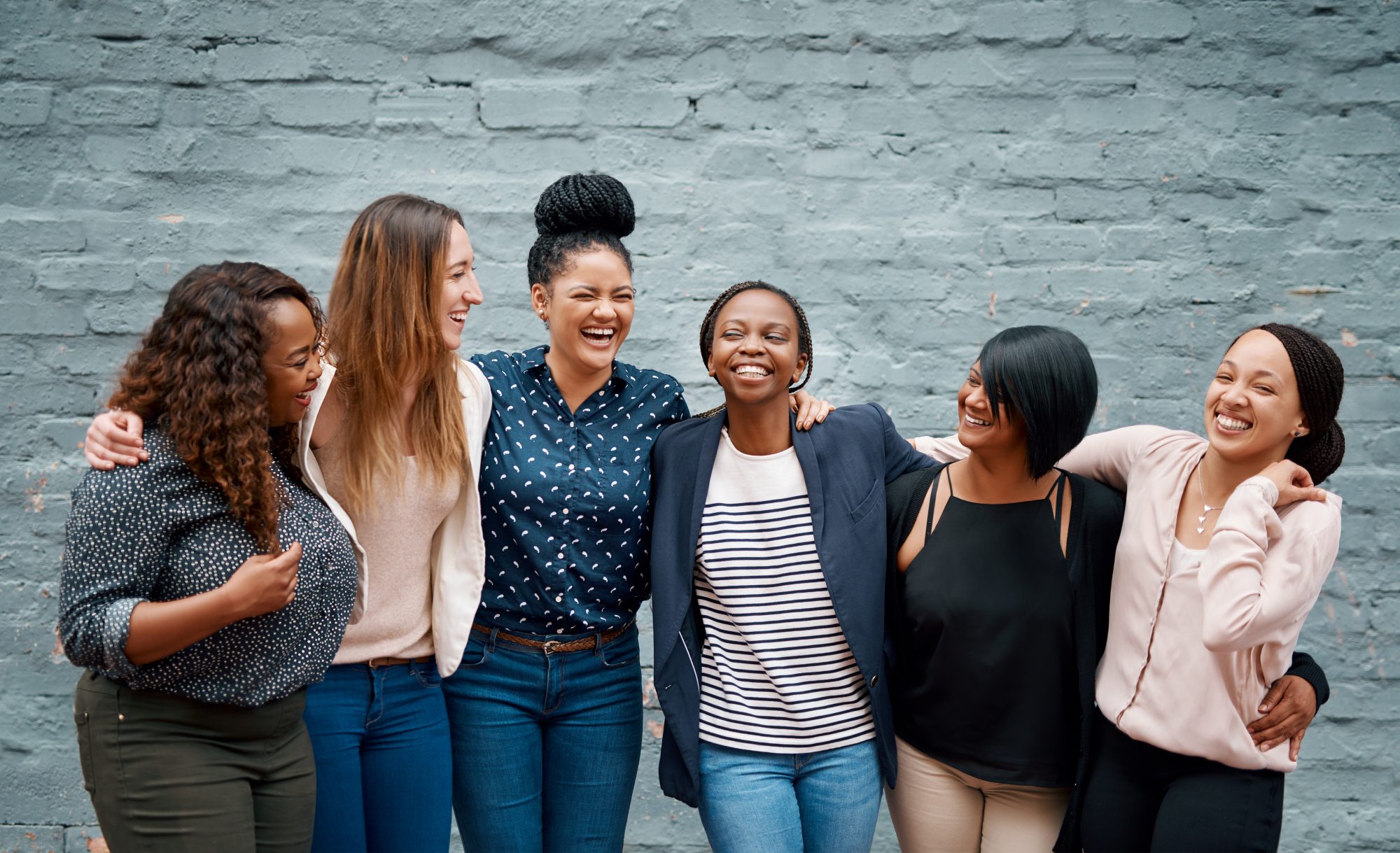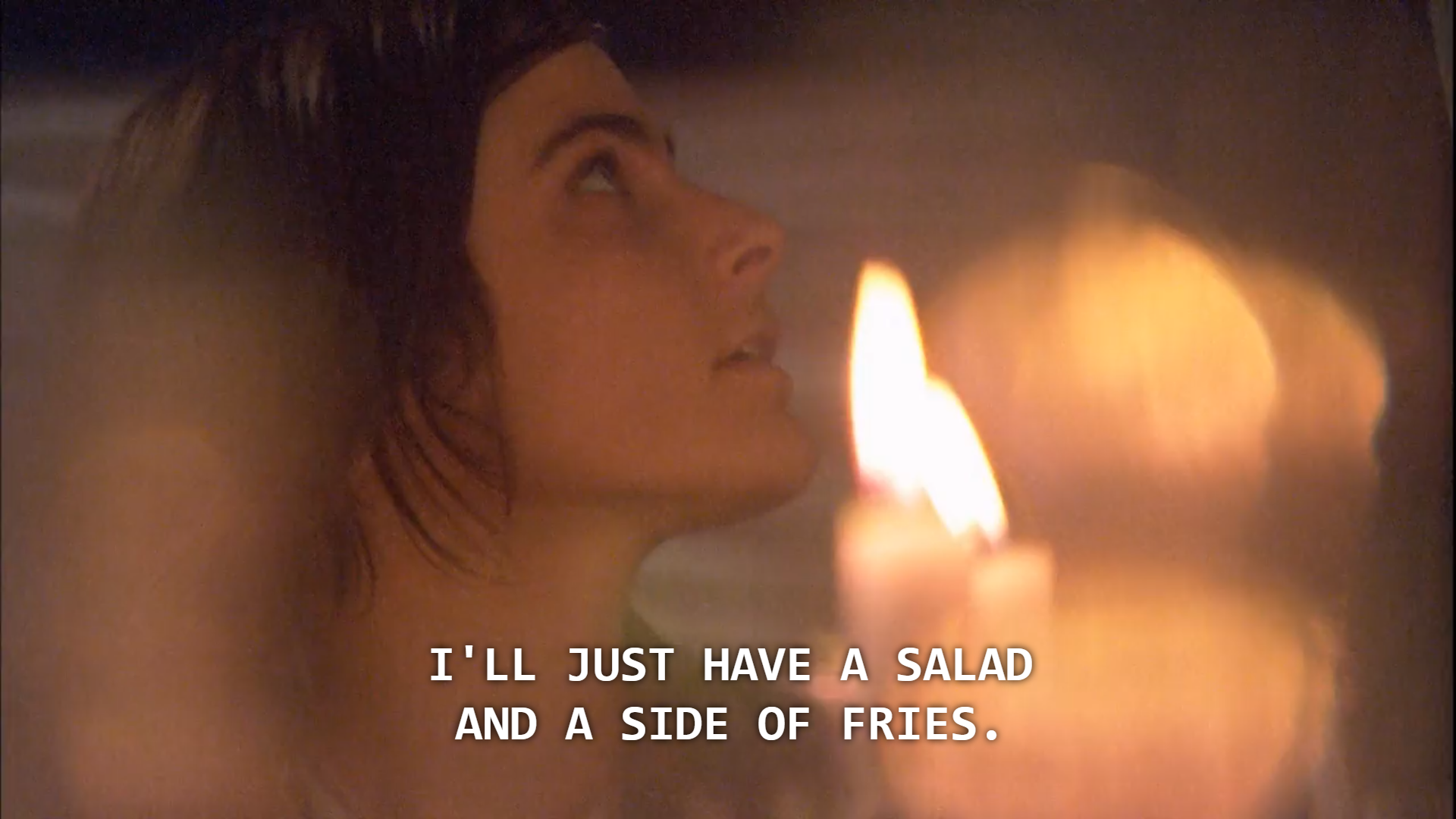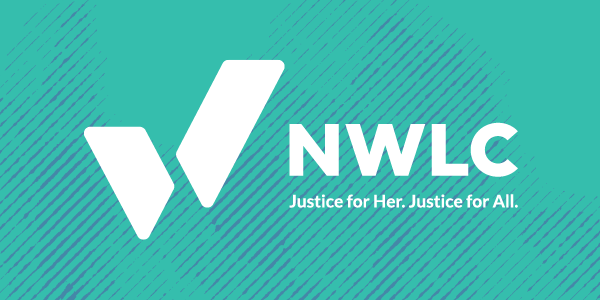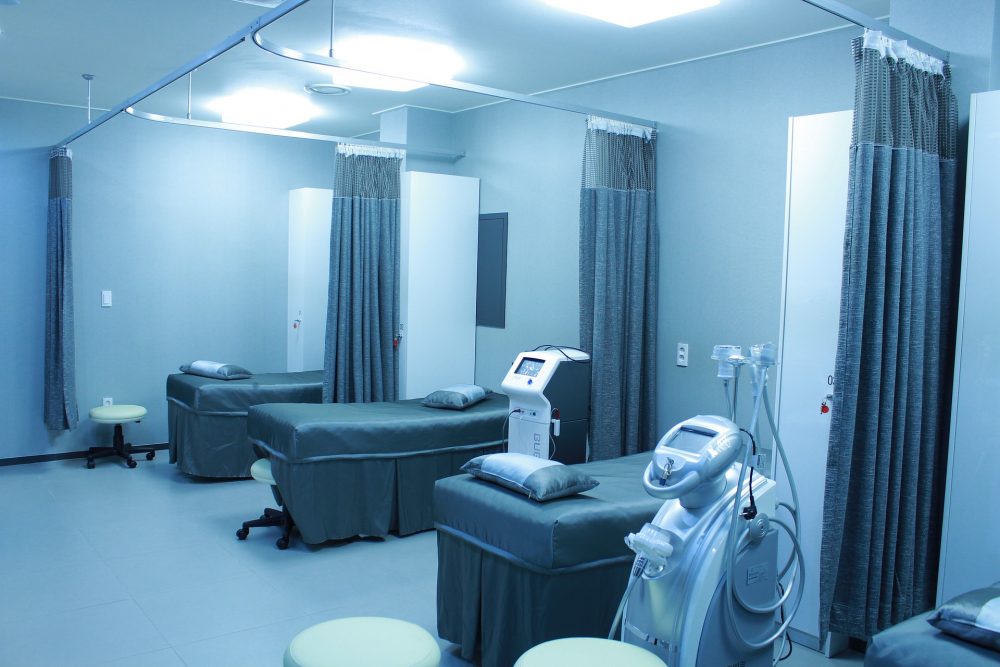All gifts, up to $10,000, matched until June 30!
What the PWHL Means to the Little Girl I Used to Be and the Nonbinary Hockey Player I Am Today
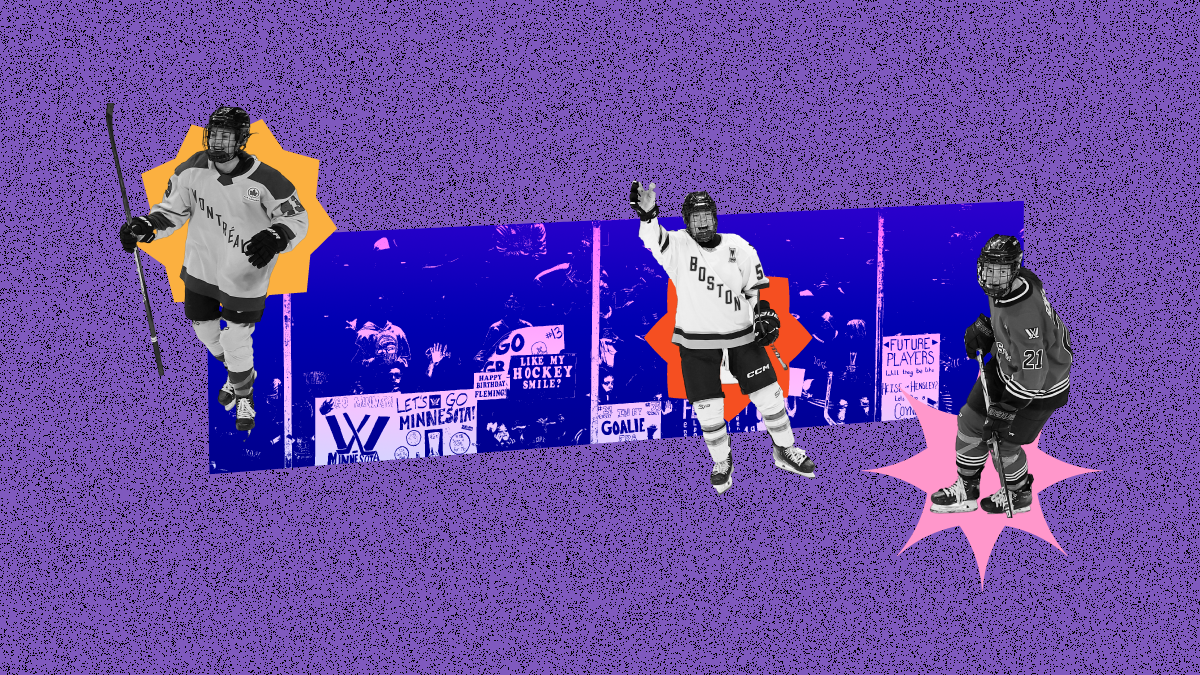
The Professional Women’s Hockey League (PWHL) has officially wrapped up its inaugural season. While not the first attempt at professional women’s ice hockey, the PWHL has already had many notable achievements: The players were successful in ratifying the first collective bargaining agreement in professional women’s hockey, this past season saw record-breaking attendance and viewership, and the league was recognized by Sports Business Journal as the “2024 Sports Breakthrough of the Year.”
From the league’s first puck drop to the completion of its first playoffs (and tons of other “firsts” in between), PWHL fans got to watch history at every game and with every goal.
But celebration of the first season was dampened for many fans when the Minnesota team drafted a player who has supported transphobic sentiments. As a hockey fan and player who is a member of the LGBTQI+ community, I was disheartened by this news.
The PWHL has undeniably moved the needle for gender equity in ice hockey, but these advancements will be diminished if trans women and girls do not feel wholeheartedly supported. I strongly believe the hockey world can and should learn from the PWHL’s successes and failures in order to achieve true diversity and inclusivity in the sport.
I am a proud member of the figure skater to hockey player pipeline. While I genuinely loved the coexistent artistry and athleticism of figure skating, I also grew up in a hockey household—Washington Capitals games were a family ritual, with superstitiously placed rally towels lining the TV mantle throughout the season. It was unsurprising when I eventually swapped out my figure skates and sparkly costumes with hand-me-down hockey skates and protective gear from a neighbor.
Before my first co-ed “peewee” season started, my dad sent an email to the coach introducing me and asking when we should arrive for the first game. He also wrote to confirm that there would be a designated locker room for the girl players…right?
Wrong. The handful of girls on the team were relegated to a *literal* supplies closet to put on gear, while the boys had free range of a professional-grade locker room. (This is a very common story for many women today who grew up playing hockey and is literally what Title IX seeks to fix to ensure gender equity in sports.)
After that, my hockey career continued on a bit of a slippery path. As I aged out of the peewee league, I was faced with limited options—there wasn’t robust infrastructure for girls’ hockey at the time, especially for someone who was still at a beginner level, and I ended up reluctantly quitting the sport.
Fast forward to 2022, two years before the PWHL would officially debut. Gender-inclusive hockey programming was on the rise, like the All Caps All Her platform, “an initiative aiming to provide access to hockey and elevate the game for women and girls in the Washington, D.C., area.” All Caps All Her also explicitly welcomes transgender, nonbinary, and gender-fluid folks to participate in its programs, a necessary policy at a time when trans and intersex people’s rights to participate in sports are under significant attack. As someone who now identifies as nonbinary, All Caps All Her gave me a safe and inclusive space to slide my skates back onto the ice after nearly a decade.
The groundbreaking success of the PWHL and the growing number of programs like All Caps All Her demonstrate the increasing call for gender equity in ice hockey. But these developments are only the beginning of addressing stark disparities faced by hockey players who aren’t cisgender men. For example, the average annual base salary on each PWHL team for the league’s first year was $55,000, a mere fraction of the staggering average salaries of National Hockey League (NHL) players. And the recent draft selection by Minnesota is incongruous with claims by the PWHL that the league is a safe and welcoming environment for all. All women and girls, including those who are trans and intersex, as well as nonbinary and other gender-nonconforming people, deserve to play the best sport in the world, with all the support and resources as any player in the NHL.
Gender equity in athletics also isn’t just about playing the game—there are real and demonstrated health and well-being benefits of participating in sports. Women and girls who participate in athletics experience a lower incidence of depression and anxiety, are less likely to develop breast cancer or suffer a heart attack, and report higher levels of self-esteem. And inclusive policies—like those that allow trans youth to use locker rooms in alignment with their gender identity or funding to increase participation and retention of Black and Hispanic girls in sports—are critical to help LGBTQI+ athletes and athletes of color experience these benefits as well.
Athletic organizations that tout inclusivity as a leading principle must demonstrate their commitment through action. The PWHL has an obligation to its LGBTQI+ fans and players to do better, and I am eager to see the league reach its full potential. I can’t wait to see what the PWHL does next (someone PLEASE bring a team to D.C.!) and how the world of hockey continues to become a more inclusive place for everyone.

